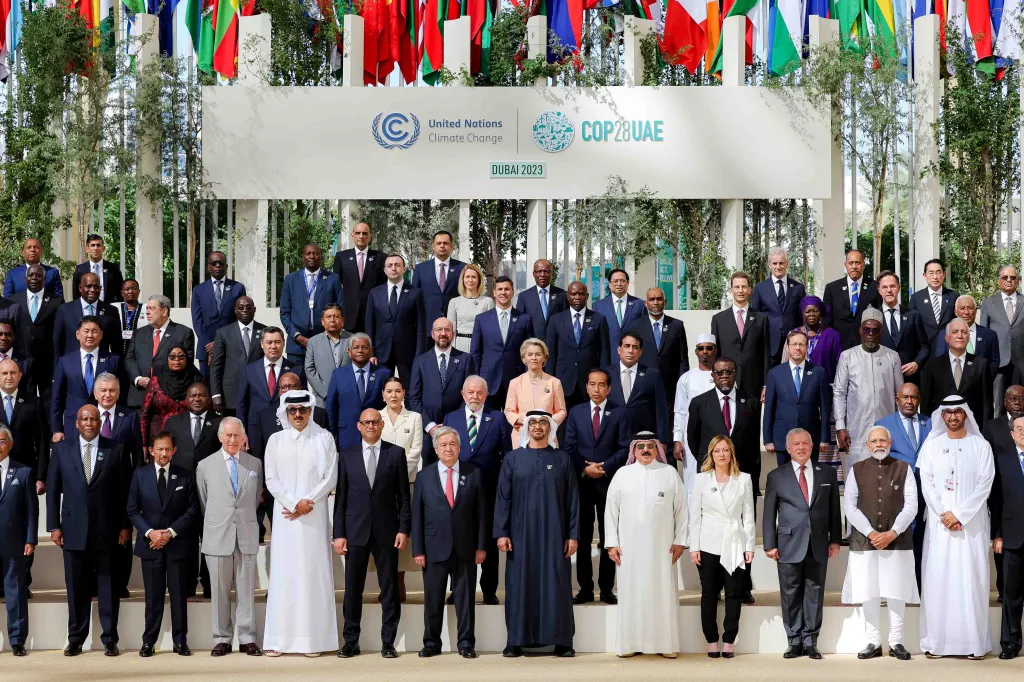As the world grapples with climate change, the urgency to find effective and equitable solutions has never been more pronounced. COP28, the 28th Conference of the Parties, proved as a key moment in the global fight against climate change. Key among priorities at the summit was to increase financing for developing countries to support their climate change adaptation capacities. Thus, the Loss and Damage Fund.
Mobilizing financial resources for climate action remains a critical aspect of global efforts. COP28 must address the financing gap and encourage increased investment in sustainable practices. This includes both public and private sectors contributing to projects that promote renewable energy, sustainable agriculture, and eco-friendly infrastructure.
A major victory at COP28
The Loss and Damage Fund acknowledged that some countries face disproportionate consequences of climate change. These are also countries least responsible for greenhouse gas emissions. COP28 recognized the moral imperative to assist vulnerable communities in coping with climate conditions.

The 2023 floods in Libya exemplify the exacerbating impacts of climate change (Source: CNN)
This fund was championed by the host country UAE, which pledged $100 million to the fund. The European Union, US, UK, China, and other nations quickly followed suit, leading to a total of $700 million in pledges in just about 2 days.
COP28 delved into the transparent mechanisms for allocating resources. This was essential to ensure that funds reach the communities in greatest need. The discussions also revolved around innovative approaches, including risk reduction strategies, insurance mechanisms, and capacity-building initiatives to empower vulnerable regions to better respond to and recover from climate-induced losses.
By addressing the Loss and Damage Fund at COP28, the international community sends a powerful message about shared responsibility and solidarity in the face of the climate crisis. It is a testament to the acknowledgment that, despite concerted efforts, some losses are inevitable, and concerted global action is necessary to mitigate the impact on those who have contributed least to the climate crisis.
More challenges to overcome for the African continent
The Loss and Damage Fund at COP28 has surely nudged the international community to increase the adaptive capacities of the most vulnerable people in developing countries. However, the priorities for African states in the climate action and green transition abound.
The continent is still grappling with inadequate energy supply. Around 600 million people on the continent do not have access to electricity. This is without even considering the massive energy demands for industrialization. In considering the adoption of renewable energy, the priority should be energy sufficiency. This entails examining the scalability of renewable energy sources on the continent and exploring the feasibility of petrol extractions.
Ethiopia’s Grand Renaissance Dam, for instance, promises to stimulate industrialization in the country and move its export sectors up the value chain. Yet, its construction has also been a major point of diplomatic friction with Egypt and Sudan. This proves that the quest for energy sufficiency on the continent will demand reconciling clean energy transition, industrialization, and diplomatic relations.

Leave a Reply